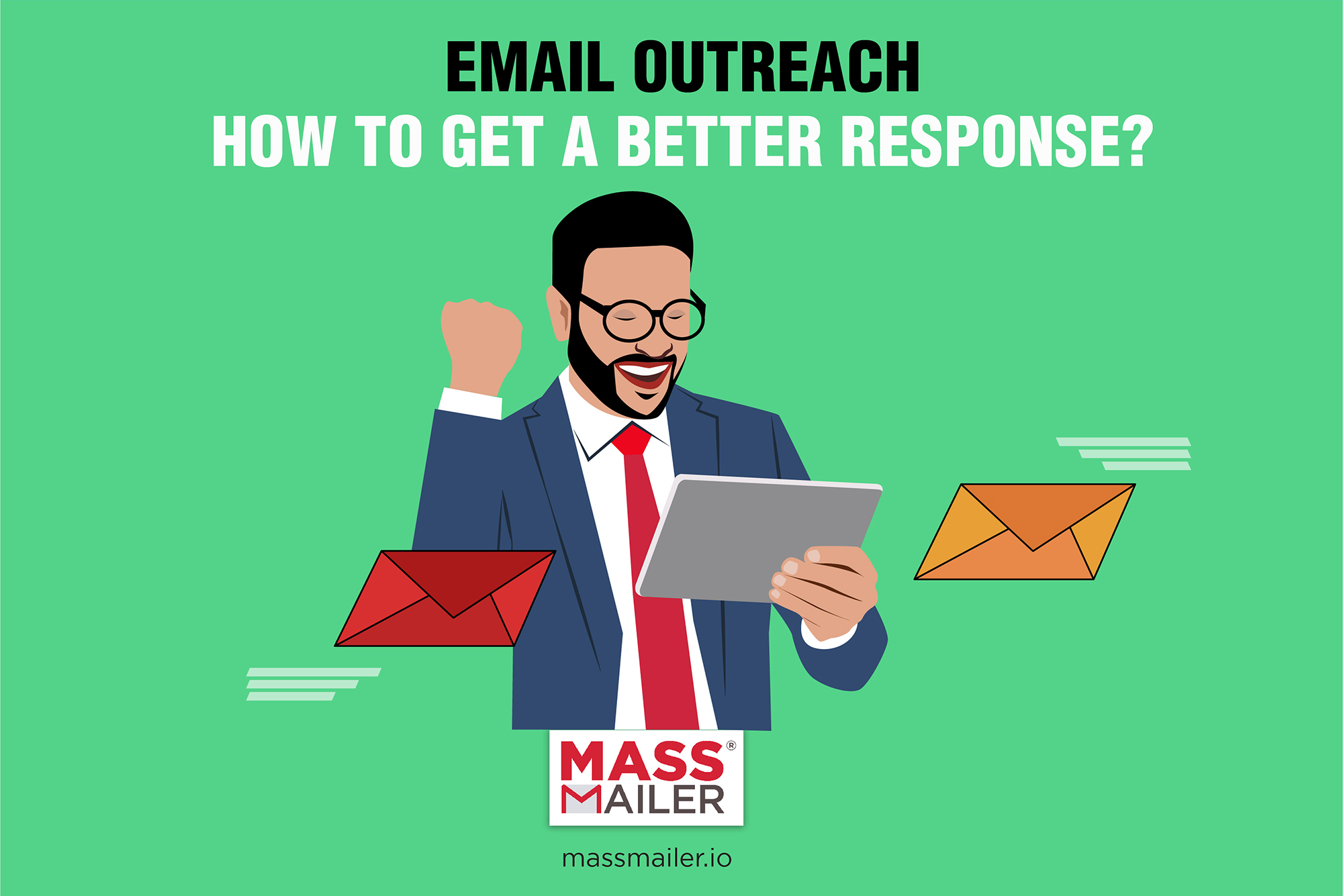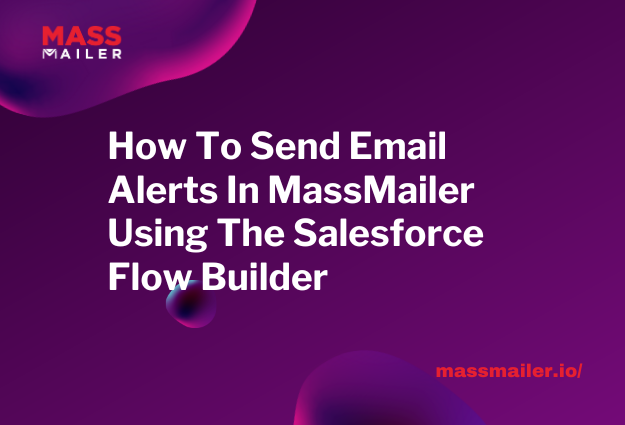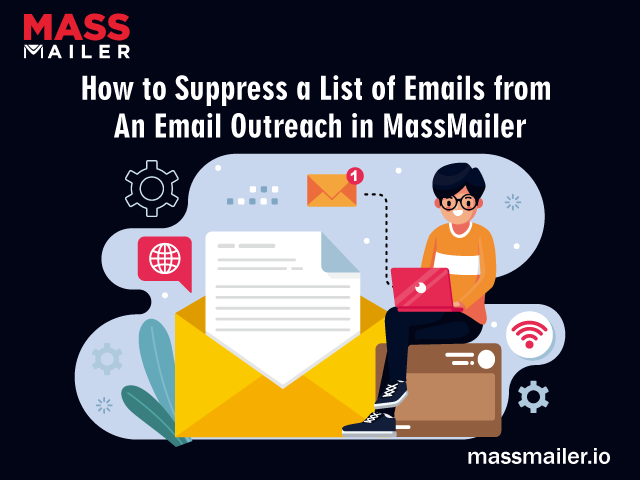Table of Contents
With dozens of emails vying for an individual’s time, it can feel impossible to get an excellent response to your email outreach campaigns. It’s important to note that most email marketing campaigns don’t get much of a response: according to the industry analysis, the recipients answer fewer than 9% of outreach emails. Still, there are ways that you can improve your odds.

A Better, More Descriptive Subject Line
A longer, more descriptive subject line can increase the amount of email opens by 24.6%. A descriptive subject line prepares the customer, telling them what they can expect, and enticing them. A descriptive subject line should also be related to the email body: if it’s deceptive, it’s more likely that the email will end up marked as spam.
You can use a/b testing to identify the email subject lines that work best for your audience, by testing different subject lines on smaller audiences and using the most successful subject line on the majority of your audience. MassMailer makes maintaining separate lists and separating your customers by demographics easier, to facilitate this type of testing.
Make Sure Your Emails Are Well-Personalized
A personalized subject-line alone leads to a 30.5% increase in email opens — and personalizing the email body further improves opens and response. A personalized email is going to be more relevant to a customer, even if it only refers to their name or their reason for contact. Separating your email leads into different areas, such as their core interests, can help you personalize on-the-fly.
Send Your Emails at the Right Time
In general, sending emails is best done on the weekdays rather than weekends, as most people are only reading outreach emails during the work week. Sending emails on Wednesday tends to be best while sending emails on Sunday tends to be worst, as many people aren’t reading their emails on Sunday. Of course, this does differ based on demographics, so it’s essential to run your own testing — and the time of day matters, too.
During the work week, there isn’t that significant of a difference, so if you want to schedule emails throughout you can. And, as always, pay attention to your metrics.
Consider Sending Up Follow-Up Emails
Follow-up emails significantly increase the chances of an email being responded to. If someone has ignored or not noticed your first email, feel free to send a follow-up asking if they want to discuss your initial proposition or if they’re considered it. Many people are busy these days and aren’t always able to respond to things immediately: they may flag an email for response later and forget about responding to it until they get a follow-up.
In general, one or two follow-ups (to a total of three emails) are often considered to be okay, while additional follow-up emails may trigger an individual to mark an email as spam or send it to trash.
Try to Link to Social Media Profiles
Linking to social media profiles can be a way to personalize your email and make a person feel as though they are responding to an actual person rather than a company or a company contact. Linking to your LinkedIn profile or your company’s LinkedIn profile also makes it possible for the person receiving the email to look up further information about your business and determine whether they should respond. Keeping up a good social media profile will also be necessary.
Every business is different. The above strategies are based on data, but your company’s data may reveal different behavior in your company’s major demographics. Using Salesforce and MassMailer will make it possible for you to track your own organization’s metrics, testing out different outreach strategies, and figuring out what works best for you. Contact MassMailer today for a demo.




